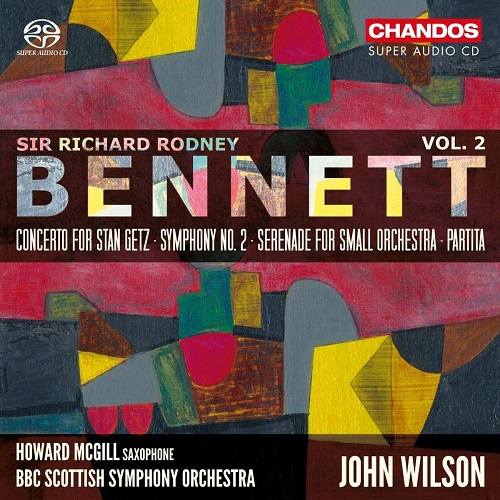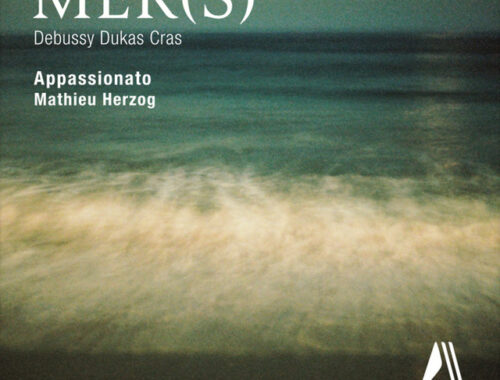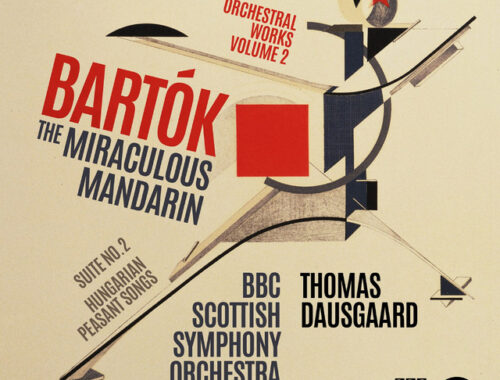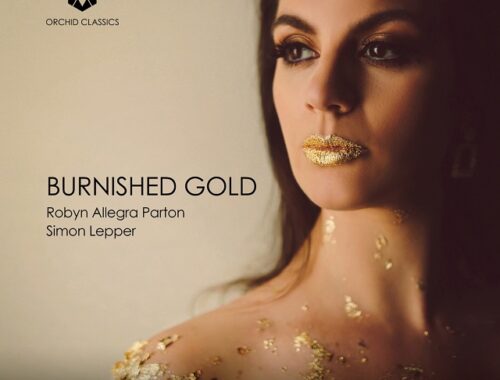GRAMOPHONE: From Where I Sit – September 2018
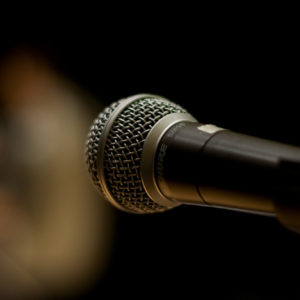 Reflecting back over my years in journalism my thoughts turned recently to interviews (that key component of a journalist’s armoury) and the sheer volume of opportunities that had come my way over the years both in print and more recently in public. Extraordinary names sprang to mind: Dorati, Kubelik, Giulini, Bernstein, Janet Baker, Paul McCartney, Julie Andrews – the last two on several occasions.
Reflecting back over my years in journalism my thoughts turned recently to interviews (that key component of a journalist’s armoury) and the sheer volume of opportunities that had come my way over the years both in print and more recently in public. Extraordinary names sprang to mind: Dorati, Kubelik, Giulini, Bernstein, Janet Baker, Paul McCartney, Julie Andrews – the last two on several occasions.
Circumstances and locations were also often extraordinary: Mstislav Rostropovich in his Paris apartment crammed so full of Russian artefacts that one might easily have imagined he and Galina Vishnevskaya loading removal vans outside the Winter Palace on their exit from the Motherland. I remember the phone kept ringing: “Yeltsin”, repeated Slava with a certain relish. Then there was Klaus Tennstedt in his high-rise penthouse overlooking Kiel harbour during a raging storm where coffee and stollen cake provided refuge both from the storm and a high-powered discussion about Mahler.
But what is less often discussed is the technique deployed in interviewing – markedly different in private (with one’s discreet recording device) for a written piece than it is behind microphones and/or cameras or even more exposing the live audience format. So what is the key to a successful encounter? What turns a serviceable Q & A into a stimulating conversation?
One word: preparation. If it’s music it’s the detail that moves conversations to another level, that initiates lively debate. Flattery is fine (who doesn’t like a compliment) but specifics and musical substance quickly demonstrate that you the interviewer has been listening and, better yet, has an understanding of their interpretative process. And even if you don’t entirely agree with their choices a mutual respect and trust has been established.
With Vladimir Jurowski and Riccardo Chailly I have dug deeper and uncovered more about their approach to, say, Mahler (not least the mechanics of realising the letter of the score), and they have listened to my viewpoint as intently as I have listened to theirs. Likewise Vasily Petrenko on Shostakovich. With Bernstein, his own music was the key to unlocking him. With Julie Andrews it was quite simply the desire to talk of things other than The Sound of Music. I never allow recordings made for the purpose of written pieces to be heard publicly (you can imagine the interest in the cassette tape of my Bernstein encounter). They remain private.
Public interviews are something else. The interviewer is as much “on stage” as the performer. It’s a performance art – one in which my years as a professional actor have proved invaluable. In recent times subjects have ranged from Dame Janet Baker (unforgettable) and Sir Thomas Allen (you haven’t lived until you’ve seen his audition for Karajan acted out like a scene from Meistersinger) to Vladimir Ashkenazy (good jokes) and Antonio Pappano (exceptional jazz piano). And, of course, Dame Patricia Routledge where the interview has all but turned into a long-running play.
One final anecdote recalling the great Carlo Maria Giulini. During an interview at the Concertgebouw Amsterdam where we were discussing Dvorak, I singled out his recording of the Seventh Symphony with the London Philharmonic only to have him deny having made it (admittedly most of his London recordings were with the Philharmonia). Slowly but surely I persuaded him that it did indeed exist whereupon he gently pushed the recording device towards me and said: “I think I should interview you.”

